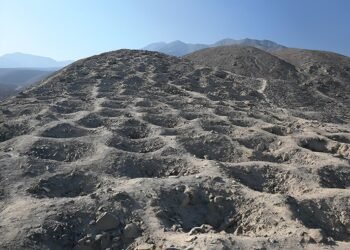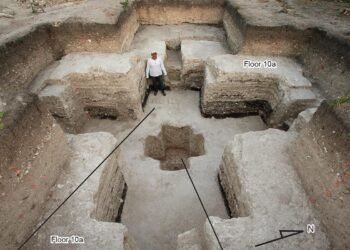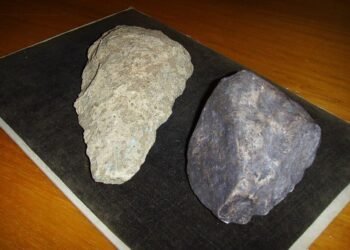New research conducted by a team of international researchers, including McGill University professor Eric Galbraith, has shed light on the influence of short growing seasons on the size of hunter-gatherer societies.

The study reveals that the limited availability of plant-based food during these seasons led these groups to rely more heavily on meat as a source of sustenance, consequently constraining their population sizes.
Until quite recently, the world was home to around 300 hunter-gatherer societies. Upon analyzing data related to the population sizes of these groups and their local ecosystem productivity, the researchers observed that many of these societies had smaller populations than what one might expect based on their surrounding environment’s potential to yield sustenance.
In regions characterized by short growing seasons, where plant-based meals were less abundant for extended periods, hunter-gatherer communities had fewer people per square kilometer compared to those in regions where plant-based meals were more readily available throughout the year.
Professor Eric Galbraith, a senior author of the study and a professor at McGill University’s Department of Earth and Planetary Sciences and the ICTA-UAB (Institut de Ciència i Tecnologia Ambientals of the Autonomous University of Barcelona), explained the implications: “Basically, if people had to live through long dry or cold seasons when plant food was scarce, in order to survive they had to depend on hunting a very limited number of animals. This led to a seasonal bottleneck in the amount of food available, which then set the overall limit on the population size, no matter how much food there was during the plentiful times.”
To understand this phenomenon better, the research team developed a mathematical model simulating daily hunting and gathering activities as well as carbon (energy) flow within a realistic global environment. The model revealed a significant outcome: in regions with short growing seasons, hunter-gatherers relied on meat to a much greater extent for their diet. This meant that it took more land to produce the same amount of meat as plant-based food, echoing modern agricultural practices.
Further examination of ethnographic observations on contemporary hunter-gatherer groups, such as the Ache in the tropical forest, the Hiwi in the savannah, and the Bushmen groups in the Kalahari Desert, supported the findings of the mathematical model. These findings suggest that the constraints imposed by strong seasonality on food sources likely limited population sizes throughout the history of our species.
The research highlights the critical role of environmental factors, particularly growing seasons, in shaping the size and dynamics of ancient hunter-gatherer societies. It also calls into question the commonly used proxy of annual net primary production (NPP) as a measure of carrying capacity for these populations.
By taking a process-based approach to understanding the relationships between hunter-gatherers and their environments, researchers can refine their understanding of how ancient human populations responded to environmental changes.























